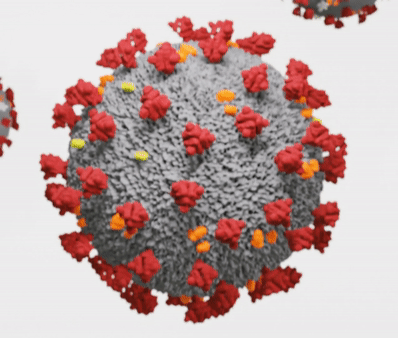This study conducted by researchers at Georgia State University’s Center for Translational Antiviral Research examined the effectiveness of a new potential antiviral drug, 4′-fluorouridine (4′-FlU), against influenza A viruses. Research had shown promise for 4′-FlU in combating different strains of influenza, including seasonal and pandemic viruses, in cell cultures and animal models.
The researchers investigated whether influenza viruses could develop resistance to 4′-FlU and the impact of such resistance on the virus’s ability to spread. They found that while some influenza strains developed resistance to the drug, these resistant variants were significantly weakened in animals, particularly in their ability to cause severe respiratory infections and transmit between hosts.
In connection to our class, the concept of natural selection, which is a fundamental principle in evolutionary biology, is evident in the development of resistance to 4′-FlU by the influenza viruses. Through the process of random mutations shown by the drug, resistant variants of the virus emerge, highlighting the role of genetic variation in evolutionary processes. Secondly, the study underscores the importance of understanding molecular genetics, specifically the structure and function of DNA and RNA. The identification of specific genetic mutations in the influenza virus that create resistance to 4′-FlU demonstrates how changes in nucleotide sequences can lead to altered genetic characteristics, such as drug resistance. The study identified specific genetic mutations in the influenza virus that became resistance to 4′-FlU, but the researchers determined that these mutations were unlikely to have significant clinical implications. They also discovered that administering 4′-FlU at certain doses could effectively overcome moderate resistance and prevent lethal infection in mice.

The study shows the urgent need for new influenza therapeutics, given the limitations of current antiviral drugs, which often face challenges with viral resistance. The research provides valuable insights into the development and potential effectiveness of 4′-FlU as a treatment option for influenza, suggesting hope for improved battle against future influenza outbreaks or pandemics.
(Post includes edits suggested by Grammarly)



Leave a Reply